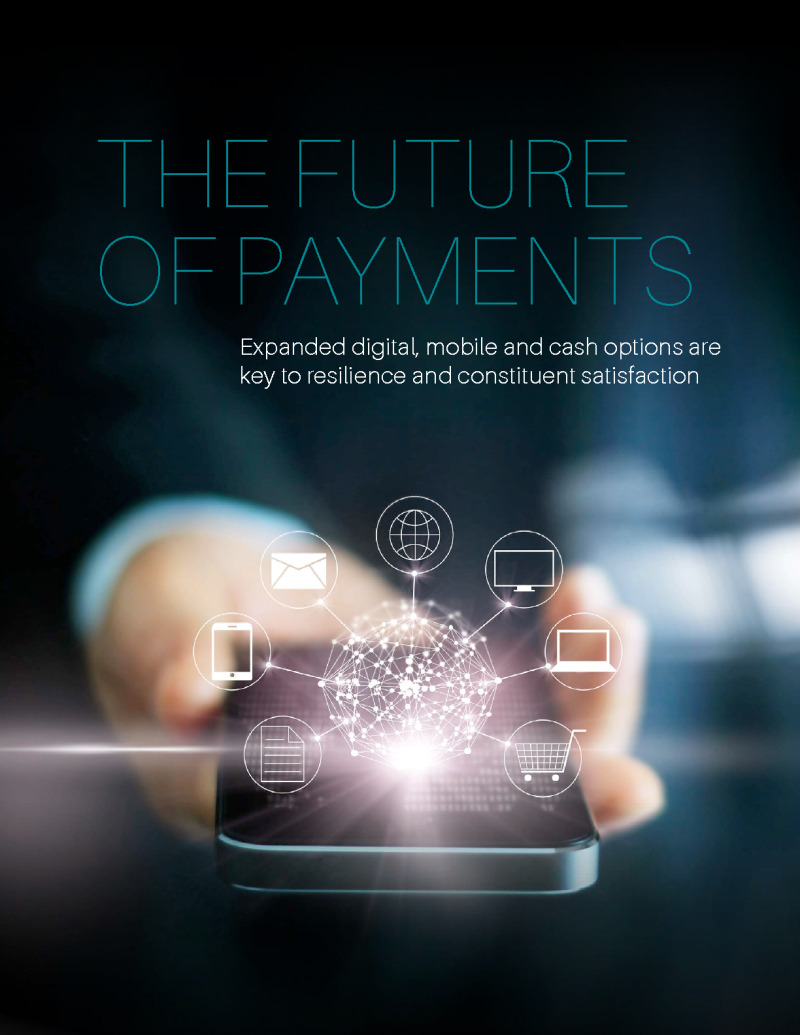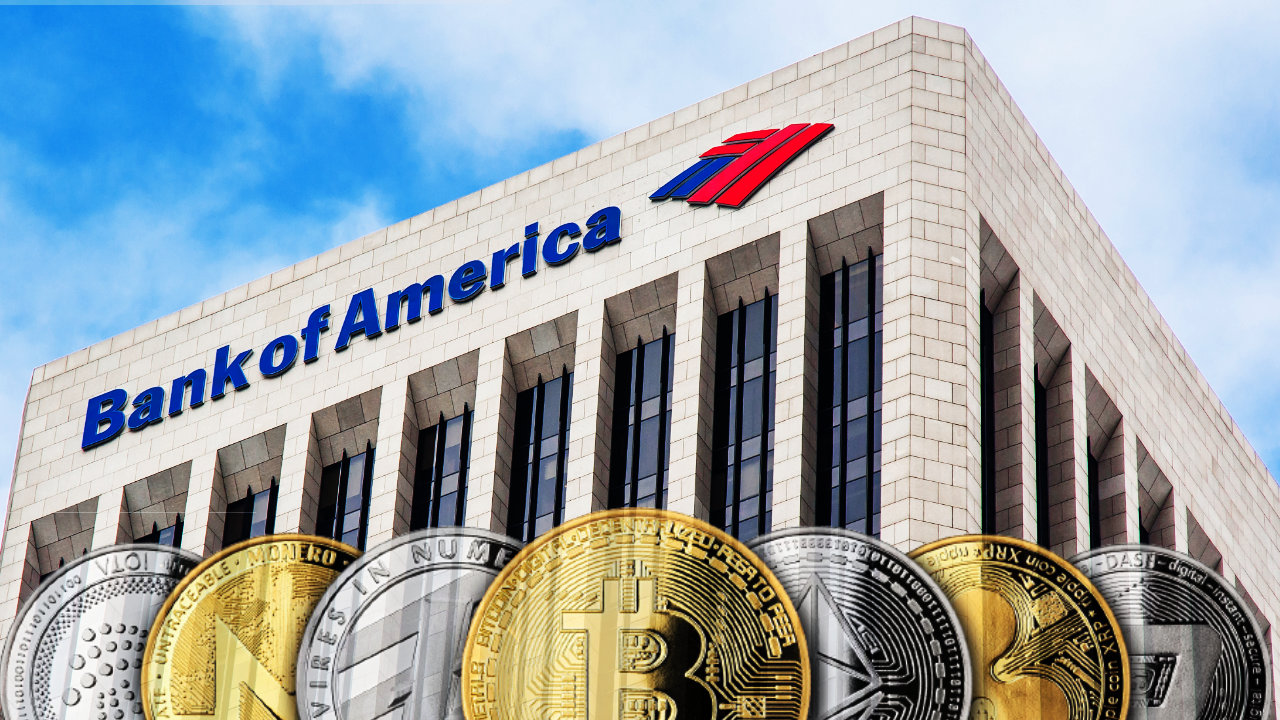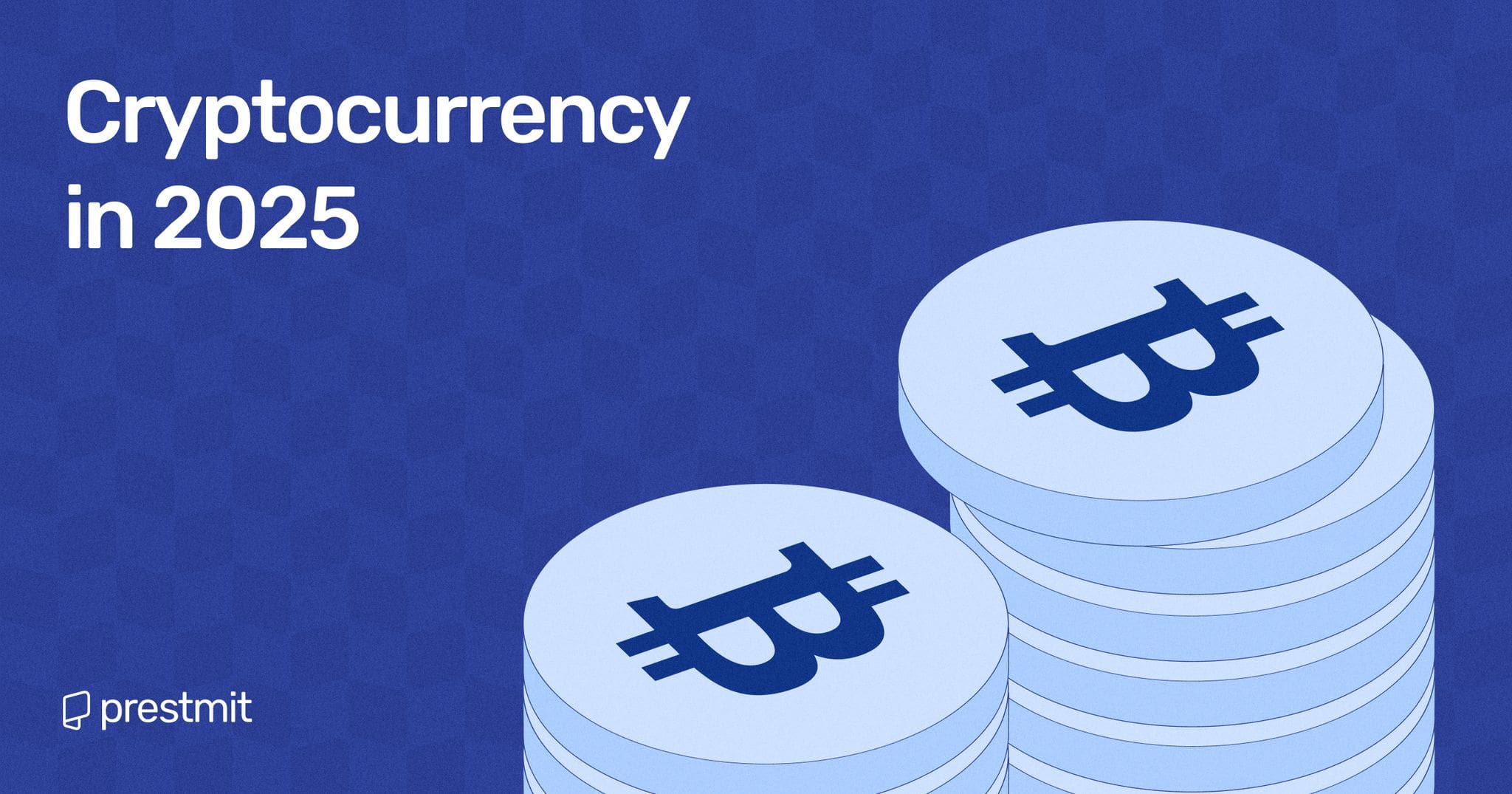
What Can Shoppers Buy With Crypto? eCommerce Could Have the Answer
As the payment landscape evolves, it’s evident that customers desire simplicity in their transactions. Payment innovations rarely gain traction unless they are user-friendly and intuitive. This challenge lies at the heart of cryptocurrency adoption and its utility as a standard payment method for everyday goods and services.
Many blockchain enthusiasts take pride in their technical expertise, using complex terminology like “hashing,” “public/private keys,” and “digital signatures.” However, these terms can act as barriers to understanding for the average consumer. The lengthy processes of setting up wallets, securing private keys, and comprehending blockchain technology can be overwhelming. Furthermore, for merchants, integrating cryptocurrency payment systems necessitates technical knowledge and resources, which further complicates adoption.
However, a recent update by Helio to its Solana Pay plugin for Shopify marks a significant step forward, broadening the range of accepted cryptocurrencies and enhancing merchant-centric features. With platforms like Shopify leading the charge in supporting crypto payments, a wealth of opportunities for harnessing cryptocurrencies within eCommerce is on the horizon.
 A landscape of digital payments and eCommerce potential.
A landscape of digital payments and eCommerce potential.
The Ripple Effects of Cryptocurrency in eCommerce
One of the most appealing attributes of cryptocurrency transactions is the potential for lower fees. Traditional payment methods often impose fees that range from 2% to 3% per transaction, which can quickly accumulate and diminish profit margins, particularly for small businesses. In contrast, cryptocurrencies usually entail significantly lower transaction fees, especially in international contexts, making them a compelling alternative for cost-sensitive merchants.
Sheraz Shere, head of payments at the Solana Foundation, emphasizes that cryptocurrencies aren’t limited to just Bitcoin or Dogecoin, but represent alternative infrastructures for payments and financial assets. He notes that the challenge lies in making this technology user-friendly:
“An issue has been that the technology has not been user-friendly… It’s all been designed by engineers and not with consideration for user experiences.”
Moreover, as we transition into a digital age characterized by instant gratification, the speed of cryptocurrency transactions offers a significant advantage over traditional banking methods. While traditional transfers can take days, cryptocurrencies frequently allow for same-day or even instant transactions, which is particularly beneficial for urgent purchases like event tickets or travel bookings.
In addition to time and cost savings, cryptocurrencies are inherently global, free from national borders and exchange rate fluctuations. This aspect is especially advantageous for eCommerce platforms operating at an international level, allowing them to accept payments from customers worldwide without complicating currency conversions. For consumers, this presents greater access to global markets and a richer selection of products, while merchants avoid the hassle of multi-currency pricing.
 Exploring the future of payments with digital currency.
Exploring the future of payments with digital currency.
Addressing the Challenges
Despite the growing interest in cryptocurrency as a payment method, adoption remains limited. Many online retailers and traditional stores still do not accept digital currencies, which curtails their functional value for consumers. This lack of acceptance complicates matters for merchants, as they might struggle to use cryptocurrencies for operational expenses or supply chain transactions since many suppliers still favor traditional payment methods.
Another significant challenge is the inherent volatility of cryptocurrencies. The value of digital currencies can fluctuate dramatically within short periods, creating uncertainty for both buyers and sellers. This volatility can alter the purchasing power of consumers’ crypto holdings and make pricing goods and services a precarious task for merchants.
Scalability issues also pose challenges for many cryptocurrency networks. During peak activity periods, transaction times can lengthen, and fees can rise, which undermines the efficiency that digital currencies promise. Furthermore, a widespread lack of understanding about cryptocurrencies persists among the general public, causing hesitation to adopt a payment method many find unfamiliar.
 The evolving landscape of payments and digital currencies.
The evolving landscape of payments and digital currencies.
Conclusion: The Future of Crypto in eCommerce
Despite these challenges, the potential for cryptocurrencies within the eCommerce sector is substantial. As more payment platforms implement intuitive solutions and address the barriers to entry, we can expect to see a gradual shift towards broader acceptance and integration of digital currencies.
The benefits, such as lower transaction fees, increased speed, and elimination of chargebacks, provide compelling arguments for merchants to consider cryptocurrencies as viable payment methods. As user experiences improve and awareness spreads, consumers may also become more comfortable utilizing crypto for everyday purchases, paving the way for a more expansive future in online transactions.
With companies like Shopify and others taking the lead, the intersection of cryptocurrency and eCommerce is poised for explosive growth. It’s only a matter of time until what seems like a trickle today evolves into a seemingly unstoppable flood.














